When do you think the Formula 1 is a “circus” made up of engines only, you’re wrong, and I was wrong too. I have always seen the F1 circus as a place where engines and technology merge but I never would have thought that way. During the Italian Grand Prix, one of the most beautiful ever, immersed in the greenery of the Monza Park, I discovered why the Formula 1 has its head in the clouds of the AWS cloud thanks to an exclusive tour of the Media e Technology Center that accompanies every single Grand Prix around the world and represents its beating heart; a heart that allows fans to experience the race moment by moment.
Media e Technology Center – Credits: Formula 1
No wait: in what sense is the cloud Formula 1?
More than legitimate question. AWS (Amazon Web Services for the layman) is a cloud services company that has been operating since 2006. A few years ago AWS and Formula 1 form a strong partnership not only linked by a mere sponsorship but by a not indifferent technical and technological support that has changed the fate of the circus in terms of efficiency of resources and internal energies but also in terms of involvement of the fans … who in the end are the soul of this sport. As you know, the fulcrum of Formula 1 is storytelling, of how the magic of a race is told.
The partnership between the two giants is not merely linked to vile money, otherwise it would have been called sponsorship. What binds therefore Formula 1 at AWS is a true partnership to achieve two distinct goals: process the amount of data more efficiently and involve the public more.
But how is all this done concretely?
The core of all this is i data, lots of data. Every F1 car indeed contains 300 sensors generating 1.1 million telemetry data points per second transmitted from the car to the pits. A gold mine of data which, if not properly reworked, brings no added value.
Thanks to technologies developed by AWS, this data is combined in real time with data from over 70 years of historical races on Amazon S3 (Amazon’s data storage service), to extract extremely detailed concrete data that informs, educates and enriches the fan experience, offering a deeper insight into the choice of race strategy that creates winning performance on the track.
In short, those graphics that you see appear on the screen are all processed thanks to AWS artificial intelligence and machine learning and are divided into 3 categories: race strategy, competitor analysis and machine performance. In fact, thanks to the data it is possible, for example, to predict the number of laps within which the car furthest back will move behind the car in the lead or to calculate the estimated time intervals for pit stops (based on the compound, on the times on the lap and position of the cars on the track) or you can still see which drivers are pushing their car to the absolute limit of performance compared to their teammates and competitors.
In this way, millions of incomprehensible data are “magically” transformed into usable information that adds something more to the thrill of the race.
“Our job is to make this data comprehensive and engaging for everyone sitting on the couch at home and not just for the engineers,” says Formula 1’s Pete Samara.
TV broadcasting is not child’s play
But now let’s go back to Media e Technology Center because this is where the Formula 1 revolution took shape. Inside this tent that looks like something out of a movie, there are screens, engineers, people with headphones and things happen, many things.
Here in the company of Pete Samara – Director Of Innovation and Digital Technology di Formula 1 – I really found out what happens in here … and there is really to be amazed.
 Pete Samara
Pete Samara
Director Of Innovation and Digital Technology di Formula 1
“Here in this place, all the images are captured and then broadcast on TV. We have 25 cameras distributed throughout the circuit and we have to direct all this, thus deciding what to broadcast on TVs all over the world without losing any of the emotions of the race ”says Pete Samara.
Technically, the images are acquired on the circuit, sent back to England – the headquarters of Formula 1 – where the operations center is located and then transmitted through the cloud. The amazing thing is that most of the staff more than 120 people are in England and 30 are on the circuit, whereas previously almost all of them were directly on the circuit to carry out broadcasting operations.
This transformation is part of what we all know as “digital transformation” which took place quickly, indeed very quickly due to the changes dictated by COVID.
“Our plan to bring everything to the cloud in order to save in terms of transport and emissions was set in a time ranging from 3 to 5 years. Because of the COVID – or thanks to the COVID, it depends on the point of view – we implemented it in just 3 months. Our intent was to protect the staff, to avoid contagion and so we got what you see today. A perfectly functioning control room, a perfectly run-in machine that works thanks to cloud technologies provided by the technology partner AWS ”says Samara.
But how can you save on transport and emissions thanks to the clound? The mechanism was not very clear to me and so I asked Pete Samara to give me an exemplary example of how their digital transition took place.
“Do you see all that equipment there?” – pointing to one of the screens inside the Media and Braodcast Center that showed the PCs and screens of the central office in England – “here, that equipment, which for the record weighs 30/40 tons, always remains in England without ever having to move. While before we used to post it from circuit to circuit in order to have a proper management of shooting and direction. We have therefore reduced our staff and traveling material by 30%. Not only that of course. The equipment needs refrigeration… think of circuits like Singapore or Barhein, or simply it can break during transport. Here with the cloud we have reduced risks, increased efficiency and protected our people “.
Obviously, in order to operate on the cloud in such a massive way, the Formula 1 approach – on the circuit – has been completely revised: 10 days before the arrival of the circus on the circuit, the connectivity provider takes care of installing an ultra-fast connection which allows the data to travel to England without interruption.
Formula 1 is not the only one implementing this cloud-based strategy, but Pete Samara is aware that this is a trend in many other sports.
In the clouds in three months … and now?
From initial plans, the digital transformation for Formula 1 had to take place in 3/5 years and instead it all happened in 3 months. What do you do now? What are the next steps given that the goals have been reached so far in advance due to COVID-19?
“What we have done with real-time graphics insights is something that the public enjoys in a simple way, but I assure you that the time spent making this happen is incalculable,” says proudly Pete Samara. “In the future we will continue to expand insights making them more and more engaging and always transforming the data into something useful for our viewers”.
We understood that in Formula 1 we run fast not only on the track but also in everyday life, always looking for the best performance.
“For us in Formula 1, the word performance does not mean being the fastest – making a nice fuchsia – in what we do. For us, performance means being credible, efficient (even in terms of costs) and sustainable. What we have implemented so far is a cultural change in the way we work, all our engineers have done it. All this was possible to do together with the close partnership with AWS which for us is not just a supplier, does not want us to use more and more clouds to make us spend more and more and buy more services. He is a partner who has also made his know-how available to us to be able to adopt the hybrid solution we have set up “.
In short, what is well hidden from the public eye is the research and development that Formula 1 carries out every day, not just during races. On the other hand, what the public sees very well – and has now learned to read – are the graphic insights that accompany all the races. And now you have surely understood why every graphic always says “powered by AWS” 😉






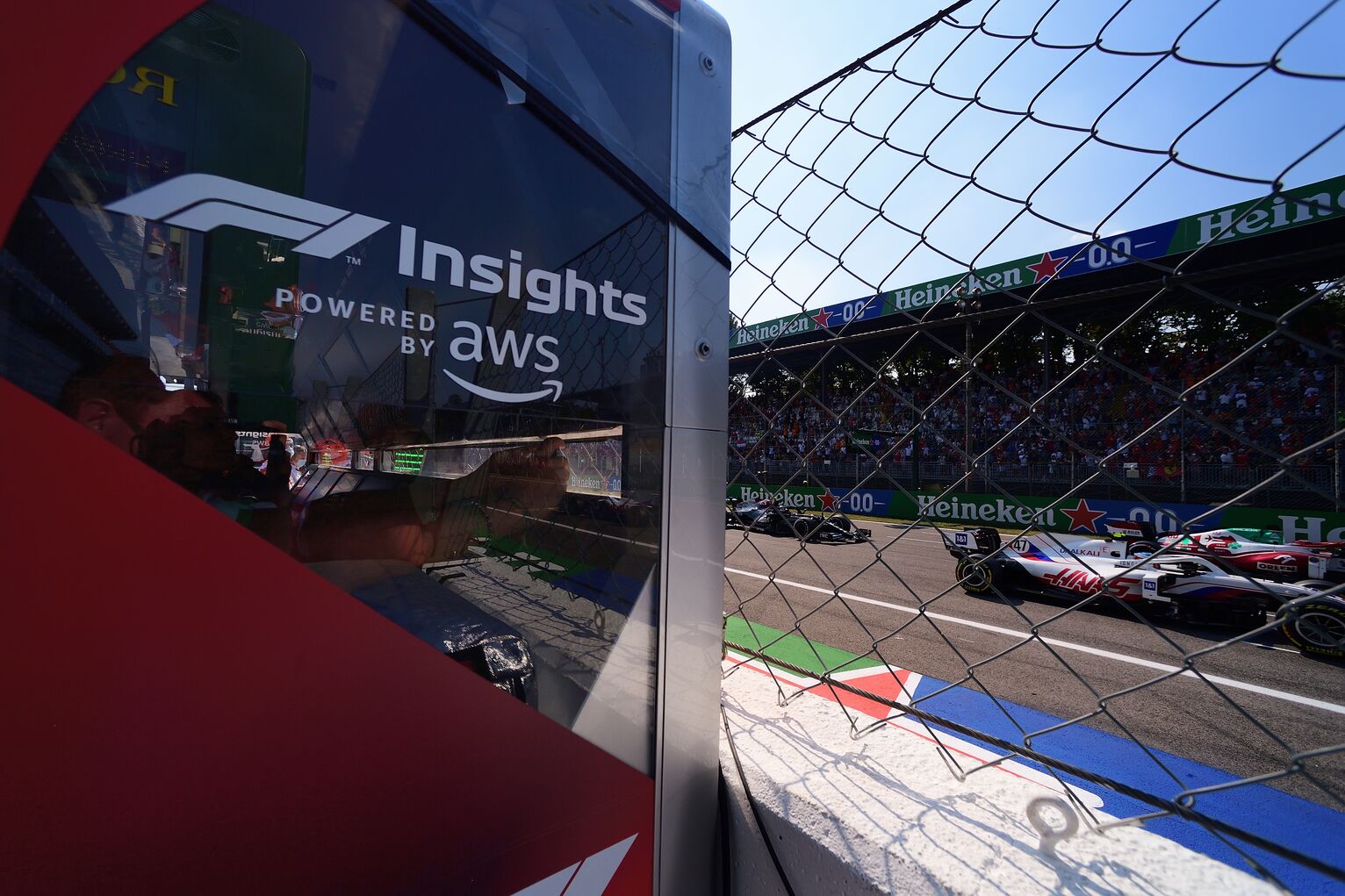
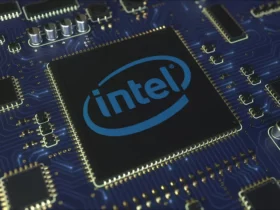





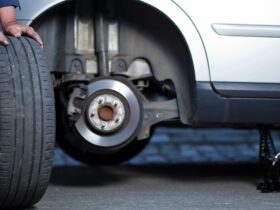
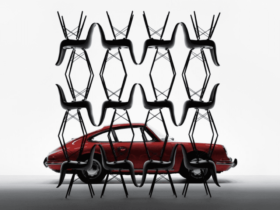
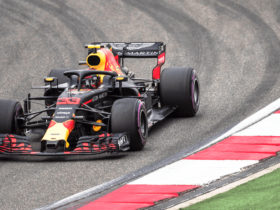
Leave a Reply
View Comments